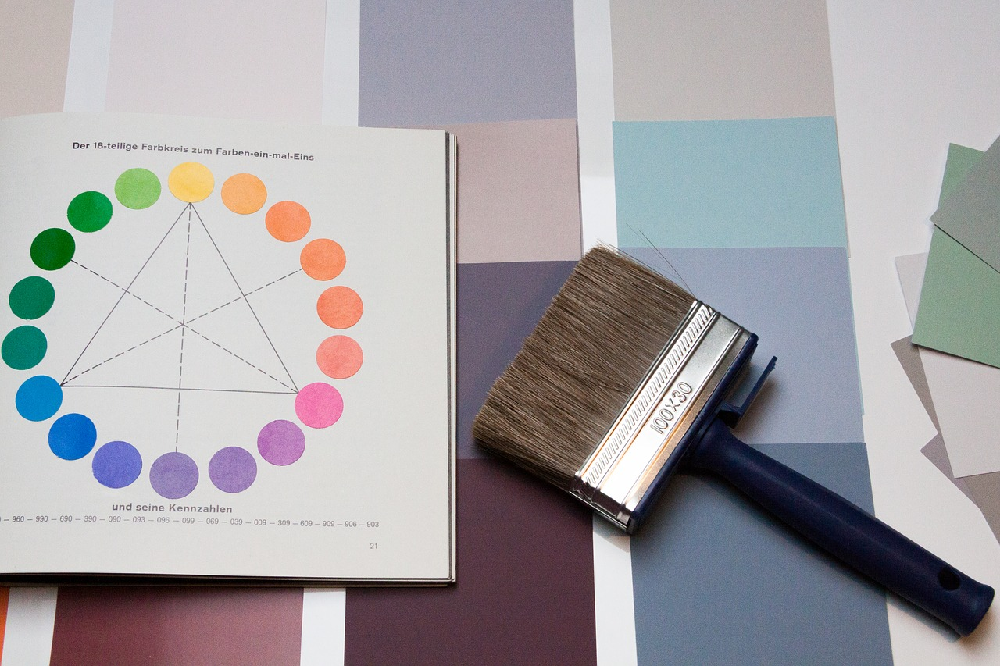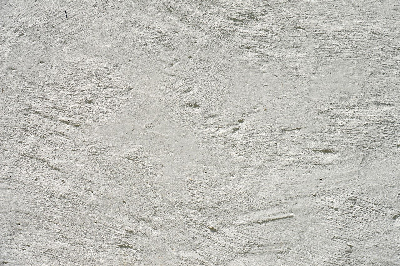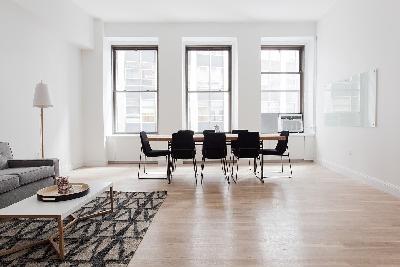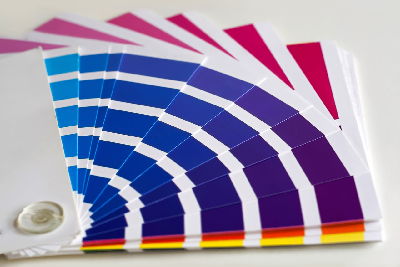Once you invest in good quality paintwork, it is worth making sure that the effect will stay. It is not that hard - you should just stick to a few rules. We have listed them below. If you have ever restored your house or apartment with the help of a professional contractor, you most likely know how hard it is to find true specialists. There are many companies offering their services, but their quality is often questionable. And the quality work costs, as you could have already noticed. It would be a shame to waste this investment through incorrect maintenance. This brief guide is supposed to make it easier for you to extend the durability of the paint and maintain the beautiful effect as long as possible.
How to maintain the paint without additional investments?
It is natural that with time, things get used. The furniture loses its varnishing and sometimes gets covered with scratches and cracks. The textiles wear thin and lose their colour due to exposure to sunlight. It is no different with the paint. There are varied factors affecting its state. Usually, the humidity is the main culprit - it makes the paint flaky and sometimes causes mould. But even in houses where the dehumidifier is always on the run, the paint may start losing its quality. How to prevent that? Here are some tips you may find handy.
#1 Clean the walls regularly
That may sound like an obvious thing to do, but it is worth mentioning since the lack of regular cleaning may affect the durability of the paint. First of all, you should not use any kind of product - the dish soap or other strong detergent will do more harm than good. Instead, use water and baking soda for some spots that require special treatment. It will
do well even with coffee, chocolate, or wine stains! If you do not mind the smell, you can also use vinegar - it is a perfect natural detergent. It deals well with the dirty spots but does not affect the paint layer. To clean the walls, use a sponge or a different soft material so that you do not damage the paint structure.
#2 Use the right paint
Not every paint deals well with the cleaning. That is why it is essential to choose the right product when restoring the walls. For the kitchen, we recommend investing in washable latex paint. They create an invisible protective layer on the surface, preventing the stains from soaking in the paint structure. For the bathrooms, latex will also be a good choice. However, the ceramic mould-proof paint works even better. It fits perfectly in humid environments, preventing the development of mould and fungus, both harmful to human health. At the same time, you can wash such paint with string detergents without worrying about any damage.
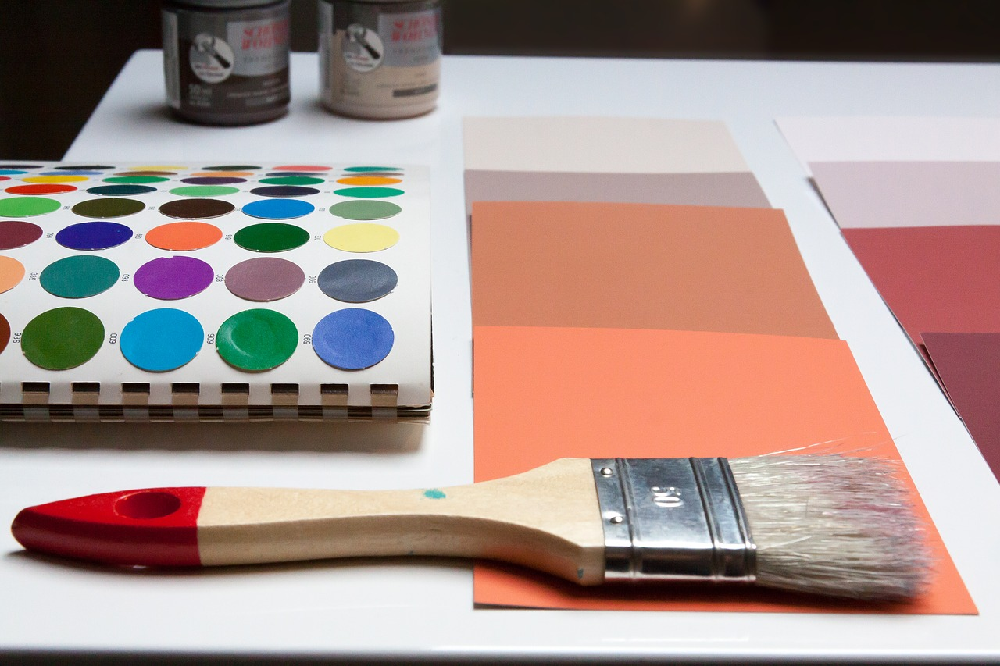
#3 Protect the wall from the furniture
Moving the furniture around often causes damages to the paint structure. To prevent scratches and dirty spots, we recommend protecting the sharp corners of your furniture. You can use some pads or rubber to do so. It is also worth leaving a little space between them and the walls. This way, you can avoid the creation of dark patches often found after moving the furniture.
#4 Keep the room in the right conditions
As we have already mentioned, some factors may speed up the paint's decay. The humidity is the worst one since it affects its structure in a very destructive way. First, the layer swells up, and after, starts cracking and peeling. Maintaining the low humidity level is the best preventive measure against such issues. The already mentioned dehumidifier can help you with that. Good ventilation can help you with that, too.
Hiring a qualified team of painters is the best way to achieve a beautiful effect. To verify the contractor's qualifications, ask for the portfolio and the references. A good contractor will always offer you a quote before launching works and conduct expertise to verify the state of the paint. It may turn out that it is necessary to take off some layers and start the work from scratch. Make sure that before starting your cooperation, you will decide which materials to use and what effect you want to achieve.
